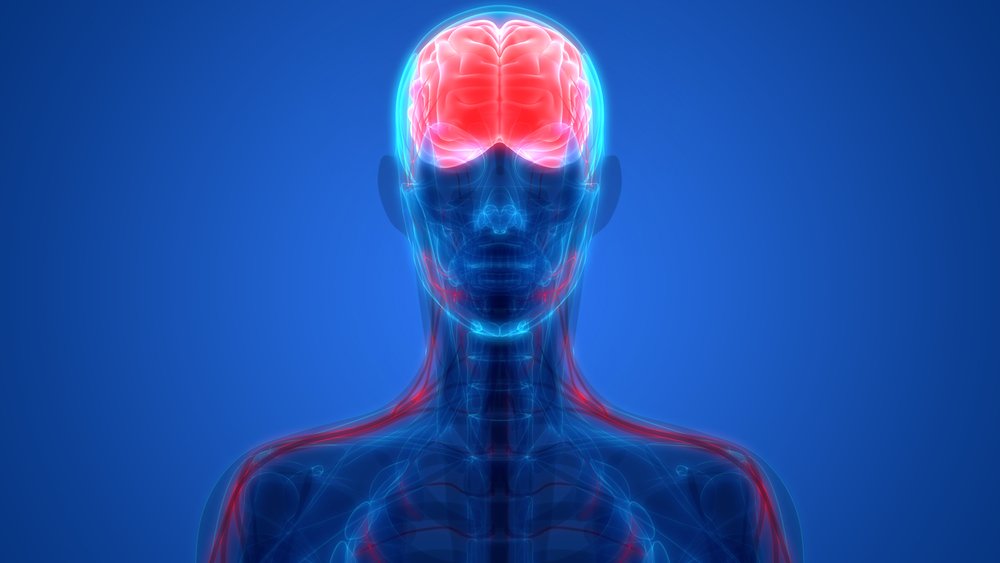Current Batten Therapeutics Targeting Brain Not Enough to Stop Disease in Other Organs, Canine Study Suggests

Current therapeutics, including gene therapy, that are based on delivery of TTP1 protein directly into the central nervous system of patients with Batten disease may not be enough to prevent all the symptoms associated with this condition. Using a canine model for the disease, researchers showed that this approach did not stop symptoms from developing in other organs, such as the heart and liver.
Their study, “Extraneuronal pathology in a canine model of CLN2 neuronal ceroid lipofuscinosis after intracerebroventricular gene therapy that delays neurological disease progression,” appeared in the journal Gene Therapy.
The term Batten disease is increasingly used to describe a group of disorders called the neuronal ceroid lipofuscinoses, or NCLs. One form of NCL, known as CLN2 disease, is caused by defects in the DNA sequence coding for a protein called soluble lysosomal enzyme tripeptidyl peptidase-1 (TPP1). The symptoms usually arise between ages 2 and 4, progressing and ultimately leading to death by the teenage years.
Previous studies using dogs showed that delivering a functional TPP1 protein to the cerebrospinal fluid (CSF) — the fluid that bathes and protects the central nervous system — significantly delayed the onset and progression of neurological signs while prolonging life span. The strategy for delivering TPP1 relied on either periodic infusion of the protein or introducing a vehicle to induce the protein’s expression in certain brain cells — a form of gene therapy.
However, “the treatment may not deliver therapeutic levels of this protein to tissues outside the central nervous system that also require TPP1 for normal lysosomal function,” authors wrote.
The lack of a fully functional TPP1 protein outside the central nervous system may also impair other tissues and organs. In fact, they wrote, “progressive development of cardiac pathology has also been reported in at least some forms of NCL, including CLN2.”
The study’s authors hypothesized that while this model improves neurological signs and extends survival with current therapeutic strategies, other tissues and organs may still be affected.
“This is particularly important because in the current clinical trials, children with CLN2 disease are being treated with administration of recombinant TPP1 only to the CNS,” the authors highlighted.
The researchers evaluated the development of non-neuronal disease in a canine model for the disease, treated with TPP1 gene therapy. Specifically, they investigated signs of alterations in the heart and other tissues.
They found clear signs of alterations in tissues outside the central nervous system of CLN2-diseased dogs, even though they had been treated with TPP1 gene therapy delivered to the CNS. While the therapeutics significantly delayed the onset and progression of neurological disease signs and prolonged life span, their hearts were particularly affected. So were the liver and other organs, additional tests revealed.
Overall, these findings suggest that current therapeutic interventions for CLN2 targeting exclusively the central nervous system are insufficient and impair other organs. As such, “optimal treatment outcomes for CLN2 disease may require delivery of TPP1 systemically as well as directly to the central nervous system,” the study concluded.






